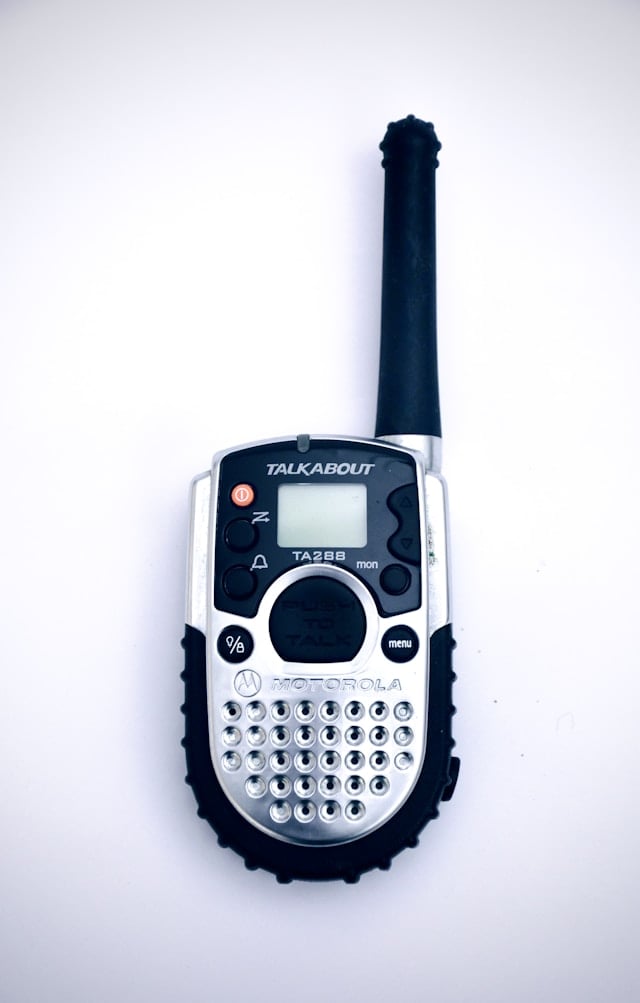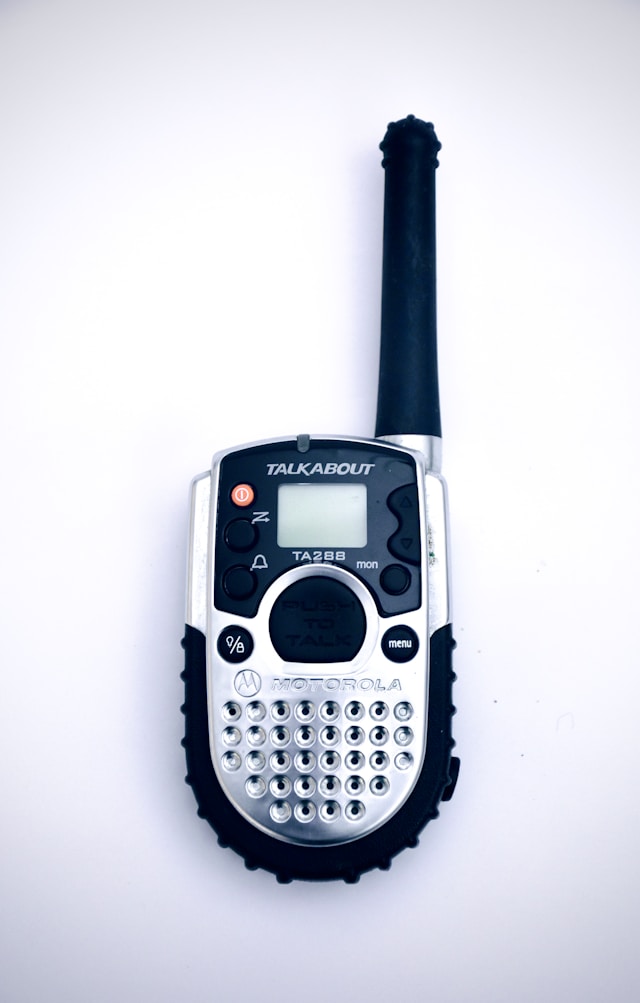
Communication plays a vital role in every incident. For workplaces, including walkie-talkies in emergency preparedness, can greatly boost safety and response times. Walkie talkie long range provides the most consistent and direct communication in an emergency.
This article will help you understand how to integrate walkie-talkies into your workplace emergency preparedness strategies so that you can be confident that your team is prepared to react quickly and efficiently.
The Role of Communication in Emergencies.
Effective communication in an emergency can help prevent loss of life. The emergency may be a natural disaster, fire, or any security threat; hence, coordinating action and information quickly is crucial.
Walkie talkie long range offer direct communication that does not rely on external systems like cell towers or internet services that may be disrupted during disasters. This reliability makes them an essential part of any emergency preparedness plan.
Factors to Consider When Purchasing Walkie-Talkies.
The first step is to choose the right walkie-talkies for your workplace. There are several criteria that you need to take into account to make sure that the equipment meets your requirements. The range of a walkie-talkie is very important. Make sure the devices you pick can reach all areas of your workplace. Walkie talkie long range may be required for larger facilities.
Another essential feature is the product’s durability. During an emergency, you operate in highly demanding environments. Choose durable and waterproof radios that can work in different conditions. It must have a long-lasting battery life. Consider walkie-talkies with batteries that can sustain longer use in emergencies when power sources are unavailable.
Training and Drills
After you have acquired the right equipment, training is also critical. It is crucial to teach employees how to use walkie-talkies. Training should include essential functions like powering on the device, channel selection, and push-to-talk capability.
Define communication procedures and use standard phrases and codes to increase efficacy and conciseness. Have employees understand the procedures for the emergency and how to use the walkie-talkies as part of the overall plan.
The Use of Walkie-Talkies in Emergency Preparedness.
Integrating walkie-talkies into an emergency plan involves several steps. The first step is to assess the workplace to determine possible emergencies and communication requirements, taking into consideration the layout, hazards, and the number of employees.
Create a comprehensive communication strategy describing how walkie-talkies will be implemented during emergencies. This plan should involve assigning specific primary and backup channels for each team, defining specific roles for using walkie-talkies, and developing certain protocols for various emergencies, such as evacuations, lockdowns, and medical emergencies.
Maintenance and Testing
The walkie-talkies should be serviced and tested periodically to ensure reliability when required. Create a schedule for checking and changing the batteries and keep it an ongoing process. Firmware and software should be continually upgraded, and equipment will need to be replaced to satisfy new requirements.
Summary
Integrating Walkie-talkies at the workplace improves safety and response to emergencies. It is critical to train the employees, update the devices, and incorporate them into emergency response programs. Using the walkie-talkie creates higher safety standards and promotes preparedness and resilience among your employees.
Interesting Related Article: “Five ways to make workplace safe“









